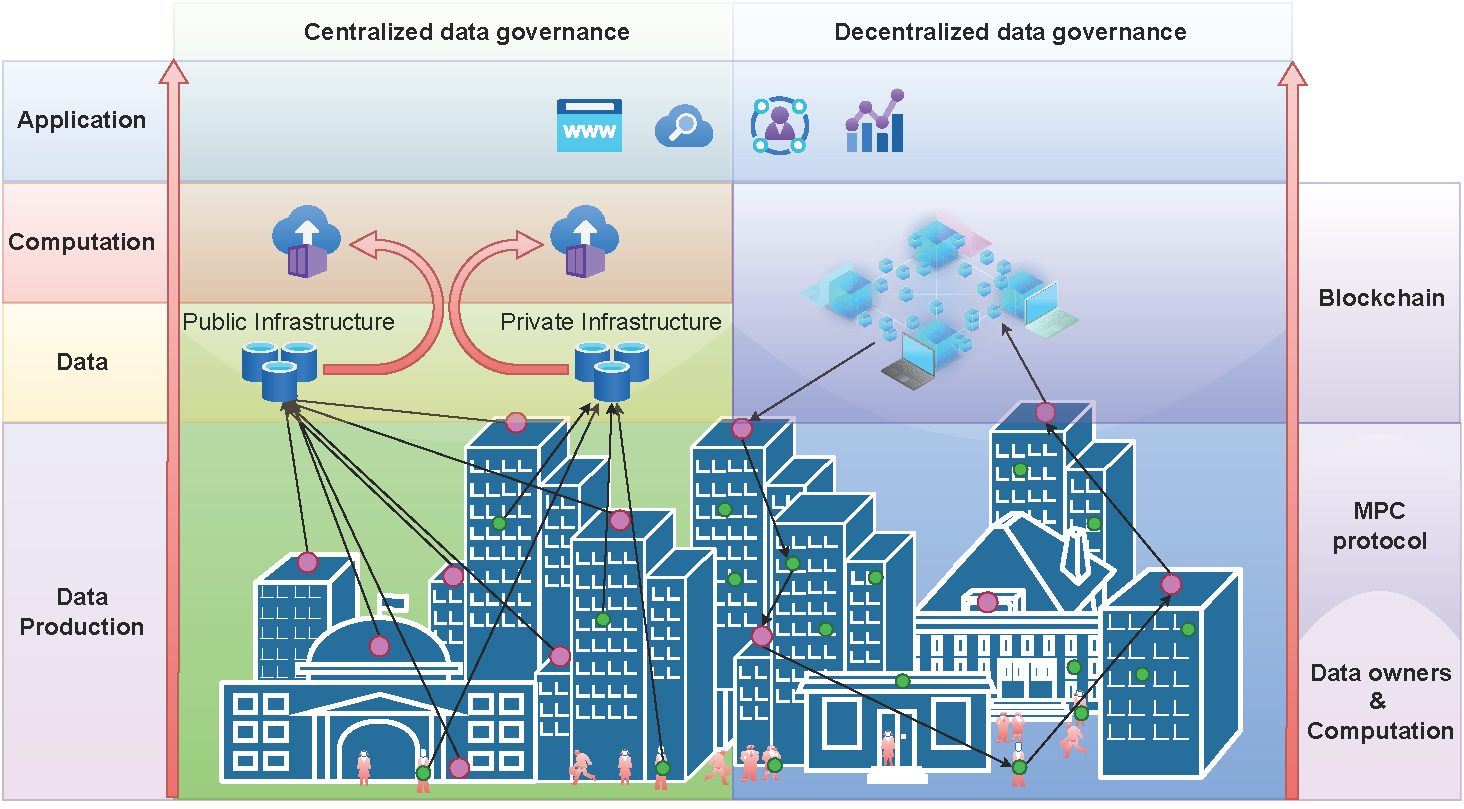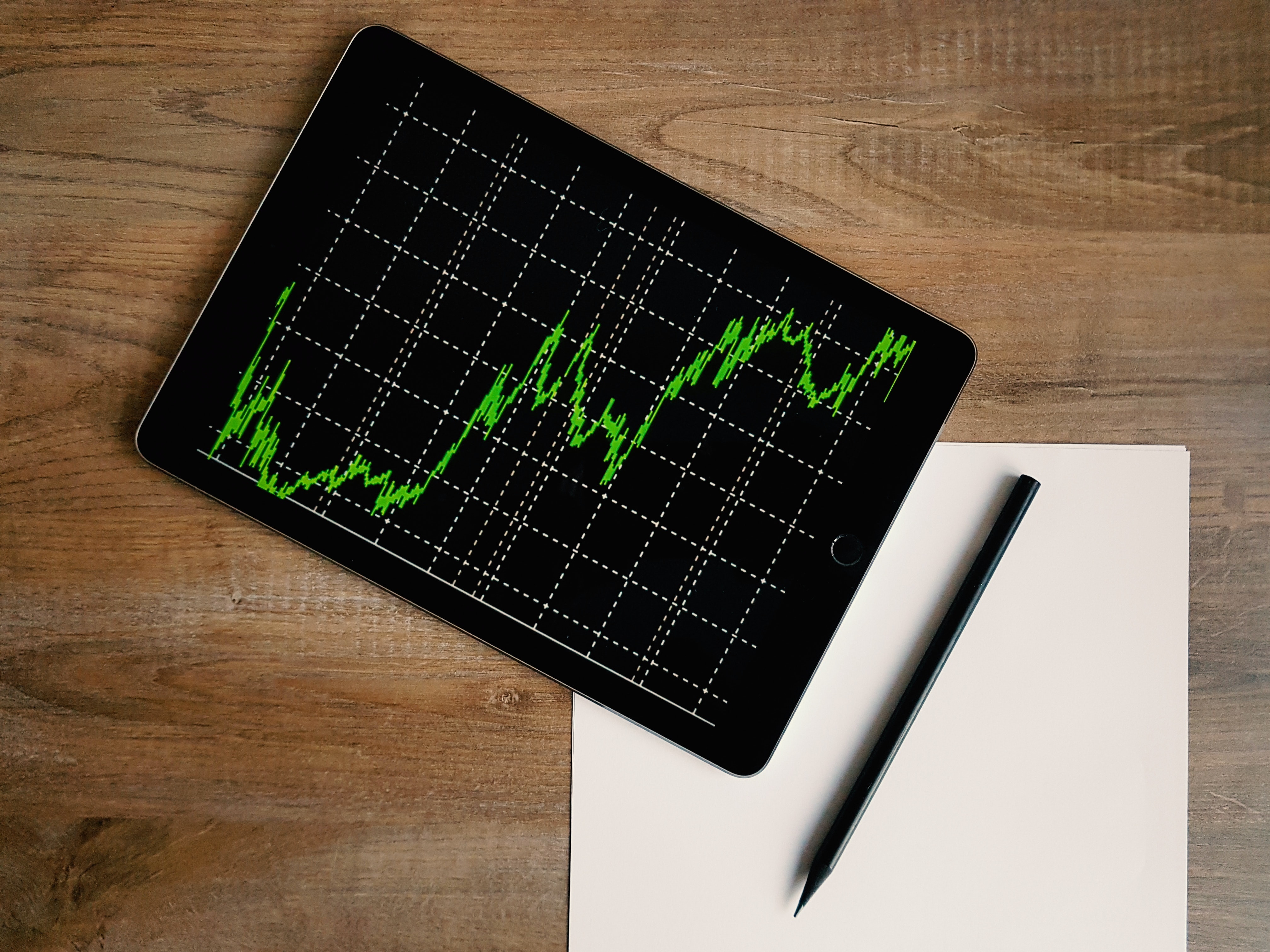
- PROJECT CODE: Z1-4388
- PROJECT TITLE: Toward better understanding the diffuse sound field
- PROJECT LEADER: dr. Rok Prislan
- PERIOD: 1. 10. 2022 – 30.9.2024
- BUDGET: 137,021.00 €
- FINANCING: Slovenian Research Agency (ARRS)
- COORDINATOR: InnoRenew CoE
The diffuse sound field is an important idealized field in acoustics for standardized acoustic measurements, simple predictions, and a wide range of theoretical derivations. Surprisingly, there is no general agreement on the definition of the diffuse sound field, its quantification and characterization. Moreover, there is also limited understanding of the required characteristics of the room boundaries that would result in a diffuse sound field in a room. In contrast, the requirements for the presence of a diffuse sound field are imposed on a variety of spaces and facilities, such as music performance venues, critical listening rooms, and spaces with speech intelligibility requirements. Elements of acoustic treatment, diffusers, have historically been used to scatter sound, although their effectiveness in achieving a diffuse sound field is not predictable or measurable.
The primary knowledge deficit is the lack of a predictable and measurable quantifier of the sound field diffuseness, i.e., the degree to which the sound field is diffuse. Such a quantifier would allow the evaluation of currently assumed diffuse sound field environments. This is particularly important for reverberation chambers, which are standardized test facilities in acoustics. Absorption coefficients of materials are measured in reverberation chambers and results vary unacceptably when measured in different laboratories. Unreliable absorption coefficients are particularly problematic because they are input parameters for acoustic calculations and simulations. As a result, many acoustic design decisions are based on incorrect predictions, leading to potentially flawed acoustic design.
InnoRenew CoE project activities
The activities will be carried out in the Acoustics Laboratory, whose equipment and facilities will be used. An overview of already introduced sound field quantifiers will be given and new measures will be proposed. The analogies between different approaches are examined. Particular attention is given to diffuseness quantifiers. State-of-the-art sound field modeling methods are applied to predict the influence of sound diffusers/scatterers on the sound field. In addition, the entire sound field in the room will be modeled and multiple sound field quantifiers predicted. Advanced measurement techniques to characterize the sound field will be developed and tested under laboratory conditions. A measurement approach that allows scanning of the entire sound field. In an automated way, a large number of microphones are moved and the corresponding impulse response is measured. In addition, the scattering and sound reflection directivity of the developed prototypes are characterized under anechoic conditions.




